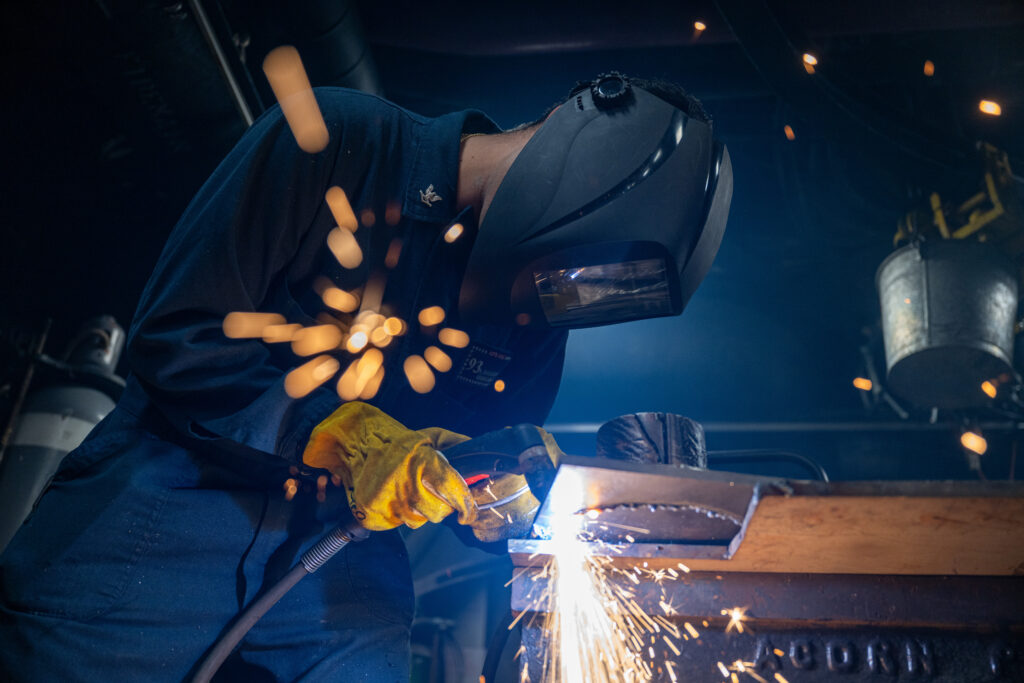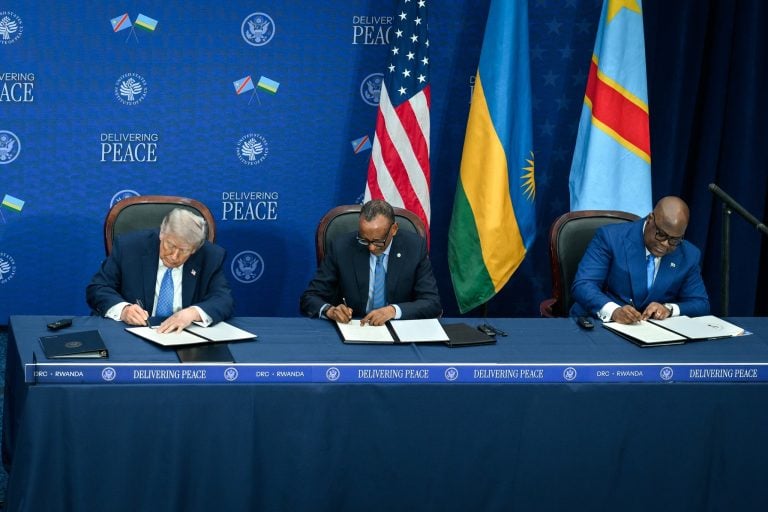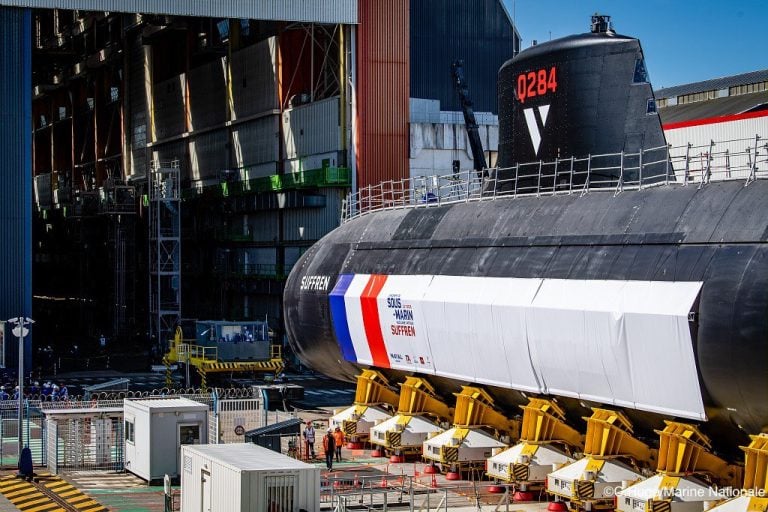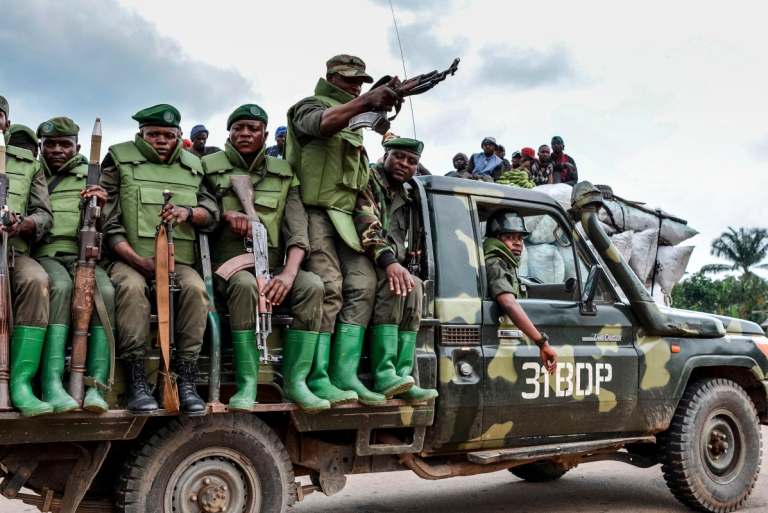A high-ranking US Army officer has advocated for equipping military units with 3D printers alongside traditional weaponry to facilitate essential battlefield repairs when immediate logistical support is unavailable. During a recent congressional hearing, Gen. Dan Caine, Chairman of the Joint Chiefs of Staff, stressed the importance of ensuring that critical parts are readily accessible to sustain forces operating at the tactical edge.
In the event of a potential conflict, Gen. Caine highlighted that troops may not have rapid access to established logistics hubs that typically provide comprehensive maintenance support. This reliance on available resources in the field is paramount, especially as the dynamic of battlefield operations evolves. Previous military engagements in Iraq and Afghanistan saw US forces heavily dependent on logistical hubs, but facing more formidable adversaries, such as China or Russia, may significantly alter this approach.
Caine expressed optimism about advancements in additive manufacturing technology. “I’m really encouraged by the innovation that’s happening to look at things like additive manufacturing, where we get a hold of the specs … and can just 3D-print right on the spot,” he stated. This reflects a strategic shift towards ensuring that military personnel have the necessary tools on the ground for immediate repairs.
Responding to inquiries regarding the military’s practice of “cannibalization,” where parts from one system are stripped to repair another, Caine underscored the need to minimize such practices, which have been linked to ongoing maintenance challenges for essential defense systems. The Government Accountability Office has previously issued warnings about the long-term implications associated with this practice.
To combat these issues, Caine emphasized the necessity of having parts readily available at the frontlines and advocated for training and support from manufacturers. This would ensure that 3D-printed components meet required standards and that planning includes stockpiling commonly printed parts.
The U.S. military has been progressively adopting additive manufacturing to enhance operational effectiveness. Earlier in the month, the Army announced a collaboration with researchers in Hawaii to investigate how 3D-printed skin could aid in treating chemical, biological, and burn-related injuries. Additionally, testing has commenced on advanced 3D printing processes designed to quickly restore battle-damaged vehicles, eliminating the need to transport them to distant maintenance facilities.
Beyond repairs, this innovative technology is making strides in military construction, allowing for the production of components layer by layer from digital designs, which not only accelerates production but also reduces costs. As 3D printing technology continues to evolve, its integration into military operations is anticipated to expand, providing new avenues for enhancing the capabilities and readiness of U.S. forces on the battlefield.















